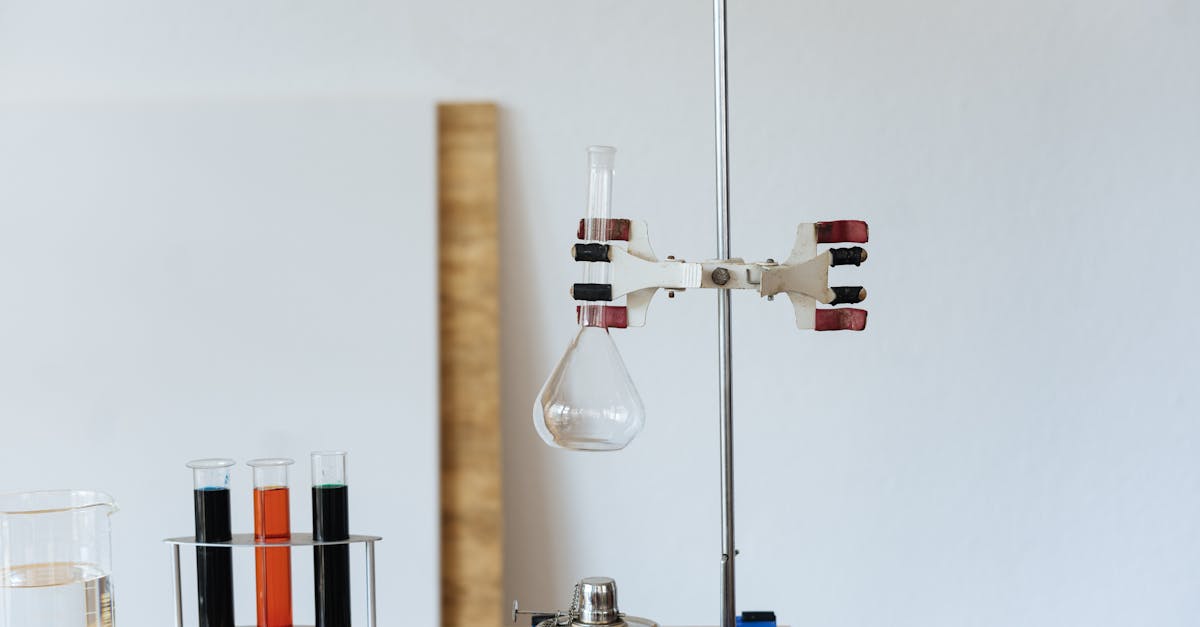Volume Vocabulary: Understanding Liquid Measurements

Introduction
Liquid measurements can be a tricky thing to grasp, especially if you're not familiar with the various units of measurement. In this article, we'll break down the different terms used to measure liquids and help you understand how to convert between them.
The Basics of Liquid Measurements
When it comes to measuring liquids, there are a few key terms you need to know. The most common unit of measurement for liquids is the liter (L), which is used to measure larger quantities. For smaller amounts, milliliters (mL) are often used. Understanding how these two units relate to each other is essential for accurate measurements.
Converting Between Liters and Milliliters
Converting between liters and milliliters is quite simple once you understand the relationship between the two units. One liter is equal to 1000 milliliters, so to convert from liters to milliliters, you simply multiply the number of liters by 1000. For example, 2 liters is equal to 2000 milliliters.
Other Common Liquid Measurements
In addition to liters and milliliters, there are several other units of measurement commonly used for liquids. Some examples include: - Gallon (gal): A unit of measurement used primarily in the United States, with one gallon equal to approximately 3.785 liters. - Fluid Ounce (fl oz): A unit of measurement commonly used in the United States for smaller quantities of liquids, with one fluid ounce equal to approximately 29.573 milliliters.
Understanding Density
When dealing with liquids, it's important to consider density. Density is a measurement of how much mass is contained in a given volume. Different liquids have different densities, which can affect how much space they take up. For example, oil is less dense than water, which is why oil floats on top of water.
Conclusion
Understanding liquid measurements is essential for anyone who frequently cooks or bakes. By familiarizing yourself with the various units of measurement and how to convert between them, you can ensure that your recipes turn out just right. Whether you're measuring out a liter of water for a soup recipe or converting milliliters to fluid ounces for a cocktail, having a solid understanding of liquid measurements will make your cooking experience much smoother.